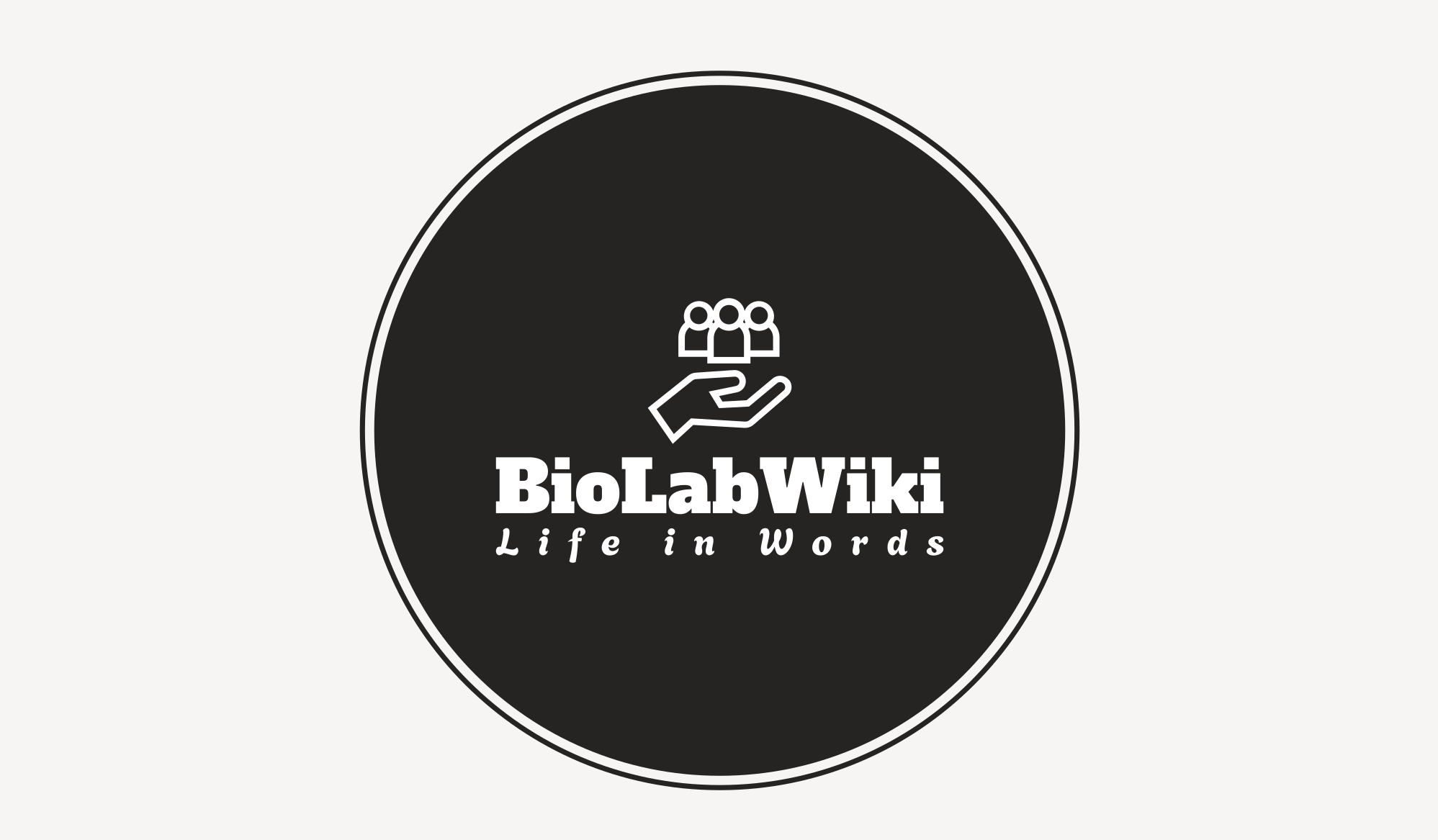Pediatric dental care often comes with unique challenges. Children’s anxieties about visiting the dentist, combined with the traditional tools and techniques used in conventional dentistry, can make these visits stressful for young patients and their caregivers. Innovations in modern dentistry, such as laser technology, provide an alternative for treating common dental conditions in children and may help alleviate some discomfort associated with conventional dental procedures. This article will explore how laser dentristry works, its applications in pediatric dentistry, and the advantages it may offer when treating young patients.
Understanding Laser Dentristry
Laser dentristry utilizes focused beams of light energy to perform various dental procedures. The wavelength and intensity of the laser are customized depending on the procedure. This allows more precision and reduces the need for traditional drilling. The technology can address both soft tissue and hard tissue issues. Soft tissue lasers are commonly used for procedures like frenectomy or gum reshaping, while hard tissue lasers can focus on processes involving the teeth, such as cavity removal or enamel shaping.
Applications in Pediatric Dentistry
Laser dentistry has several applications that are particularly relevant for working with young patients. These include treatments such as:
- Cavity Treatment: Lasers can be used to remove decayed portions of a tooth while preserving healthy tissue.
- Frenectomy (Tongue Ties): Lasers provide a less invasive way to address tongue ties by quickly and accurately releasing the frenulum.
- Gum Reshaping or Contouring: The precise nature of lasers allows dentists to reshape or contour the gums with minimal discomfort.
- Managing Soft Tissue Lesions: Lasers can treat ulcers and other soft tissue issues with improved precision.
Laser dentristry offers a gentle, precise, and often less invasive approach to dental care, making it an excellent option for young patients.
Advantages for Pediatric Patients
Laser dentistry may offer several advantages when treating children. It can help make dental visits more comfortable and manageable for both patients and their caregivers. The use of lasers eliminates the friction, vibrations, and sounds associated with traditional dental tools. This reduction in sensory stimulation may help alleviate fear and anxiety during treatment. Many laser dentistry procedures do not require the use of local anesthesia. For young patients, this can mean shorter recovery times and less discomfort following the procedure.
Integrating Laser Dentristry into Pediatric Practice
Implementing laser dentristry into a practice involves specialized training and equipment acquisition. Laser dentistry tools require knowledge of proper calibration, technique, and safety protocols for effective application. Beyond the technical skills, educating parents about the benefits and capabilities of lasers in dental care helps them make informed decisions regarding their child’s treatment. Clear communication and a patient-first approach can further establish trust and highlight the value of modern technologies in your practice.
Building Comfort with Innovative Care
Laser dentistry offers dentists a tool that is adaptable and precise while prioritizing patient comfort. By minimizing discomfort, reducing the need for invasive procedures, and speeding up healing times. This technology has the potential to change how dentistry is practiced and experienced, helping to foster long-term oral health.



